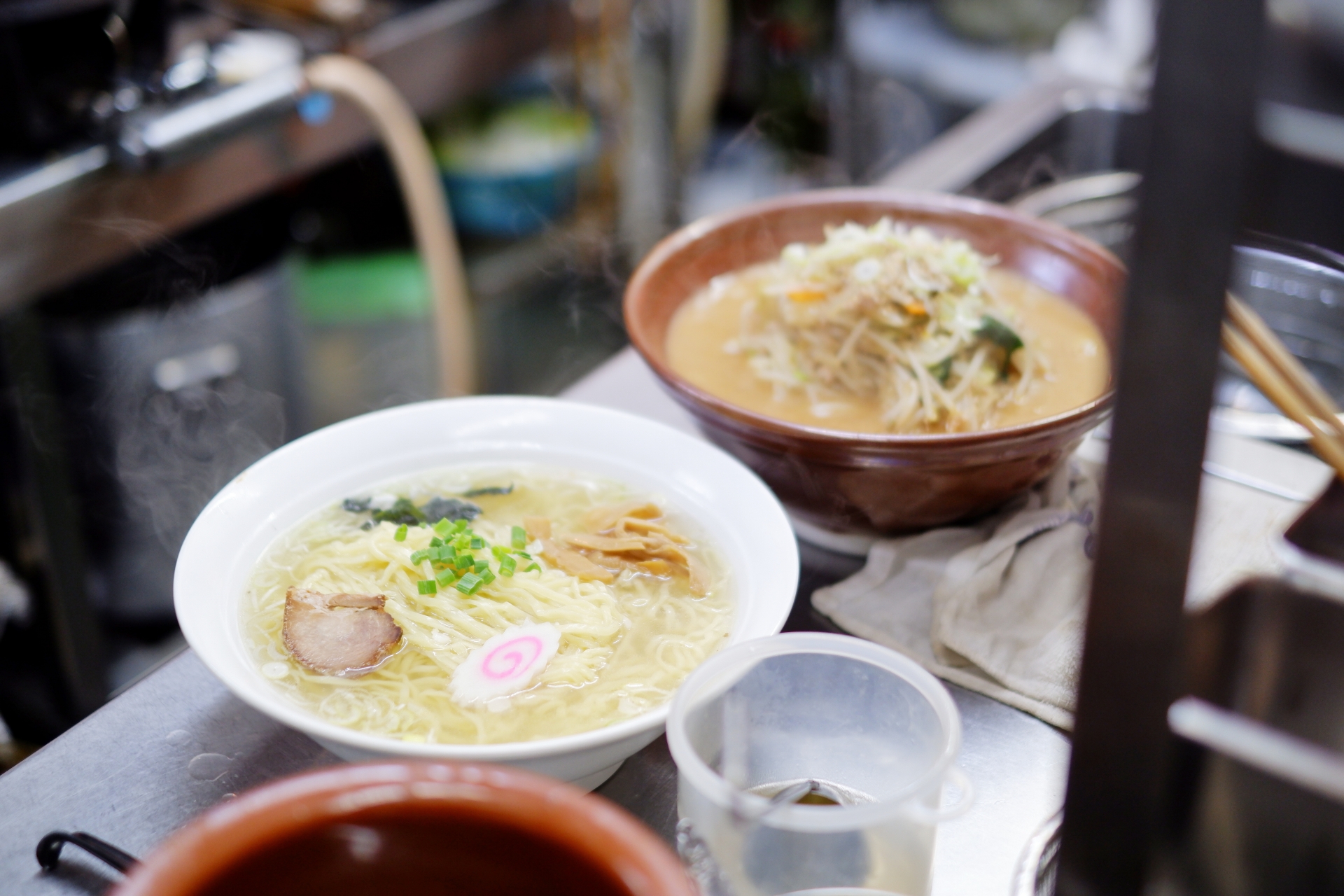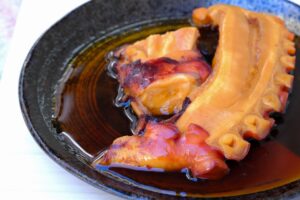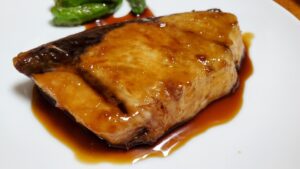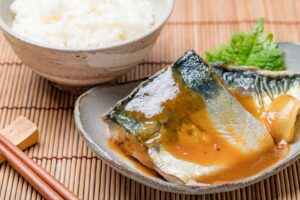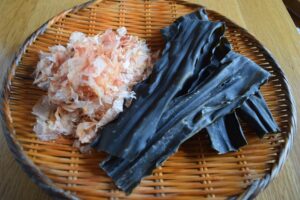Ramen is a beloved Japanese dish with a wide variety of flavors and styles. In this article, we’ll dive into the many different types of ramen, breaking down each one’s unique characteristics, ingredients, and regional origins. Whether you’re a home cook, a food enthusiast, or someone planning a culinary trip to Japan, this guide will help you navigate the wonderful world of ramen.
Overview of Ramen Types
Ramen is a cornerstone of Japanese cuisine, beloved worldwide for its versatility and depth of flavor. While the dish itself consists of noodles served in broth, the variations in ingredients, preparation, and regional influences have led to a rich diversity in ramen styles. Understanding the different types of ramen begins with an appreciation for the key components: the broth, noodles, and toppings. Historically, ramen originated in China before evolving into a unique culinary icon in Japan. This article explores the seven main types of ramen, offering insights into their unique flavors, regional specialties, and how to select the best one for your palate.
The Seven Main Types of Ramen
Each ramen type offers a distinct experience, with its own combination of broth, noodle type, and toppings. These elements, coupled with regional influences, create a wide range of options for ramen lovers. Below are seven key types of ramen, each with its own history, flavor profile, and typical ingredients.
Shoyu Ramen (Soy Sauce-Based)
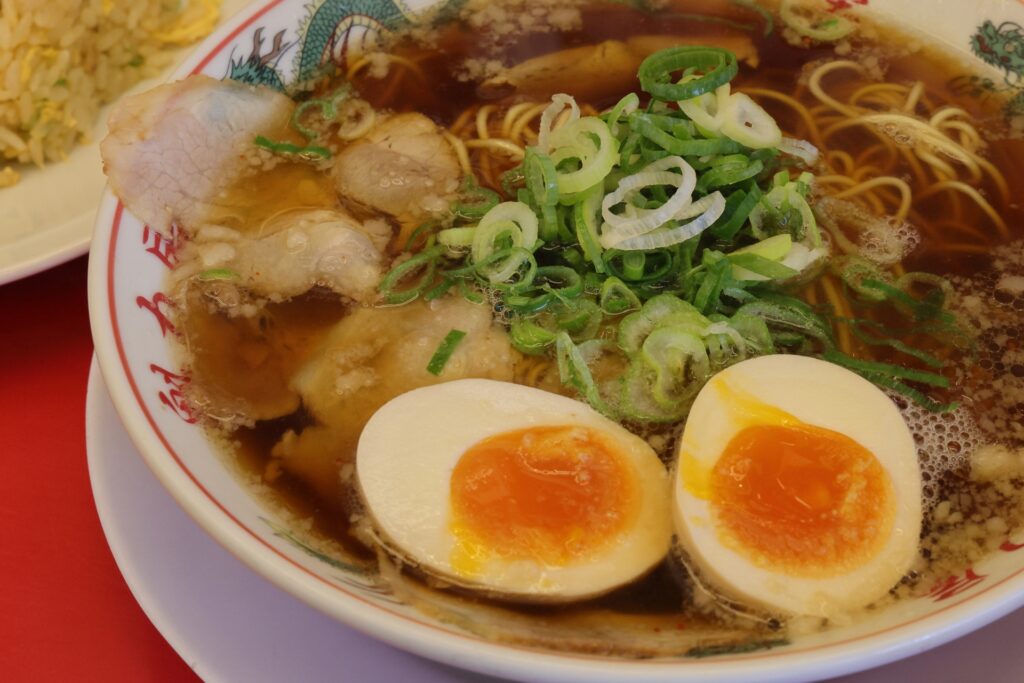
Shoyu ramen is one of the most common ramen types, featuring a soy sauce-based broth that is light and savory. The broth is typically made from a combination of chicken, seafood, or pork bones, creating a delicate umami flavor. Common toppings for shoyu ramen include slices of chashu (braised pork), menma (bamboo shoots), and green onions. Tokyo is particularly famous for its shoyu ramen, where the dish has been perfected over the decades.
Miso Ramen (Fermented Soybean Paste-Based)
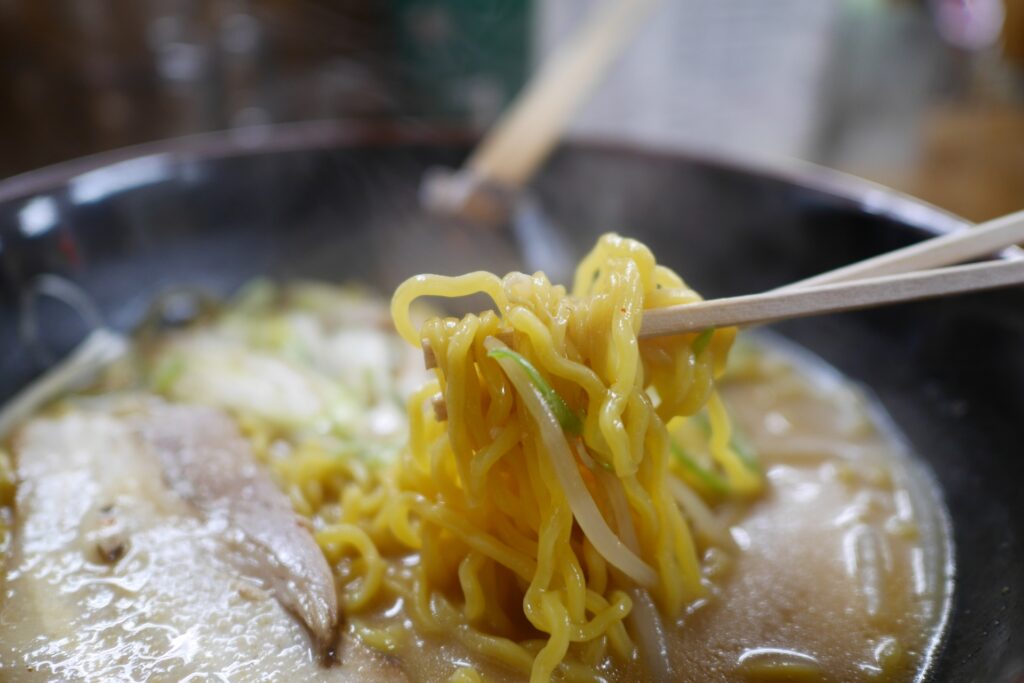
Miso ramen has a hearty and bold flavor thanks to its broth, which is infused with fermented soybean paste (miso). The rich and slightly tangy taste of the miso pairs well with toppings like butter, corn, and ground pork, especially in colder climates. Hokkaido, Japan’s northernmost island, is known for its miso ramen, where these comforting ingredients are often used to withstand the frigid temperatures.
Shio Ramen (Salt-Based)
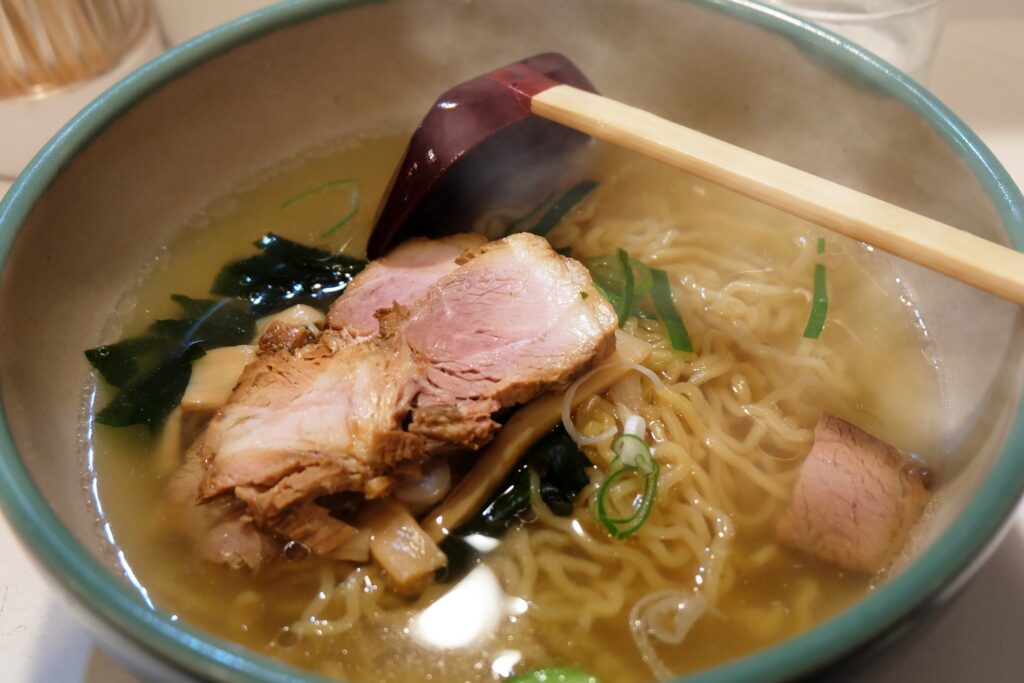
Shio ramen is known for its light, clear broth, which is less heavy than other varieties. The broth, usually made from chicken or seafood, has a subtle flavor enhanced by salt. Popular toppings for shio ramen include kamaboko (fish cake), boiled eggs, and scallions. The Hakodate region of Hokkaido is renowned for its shio ramen, where the dish’s simple elegance shines.
Tonkotsu Ramen (Pork Bone-Based)
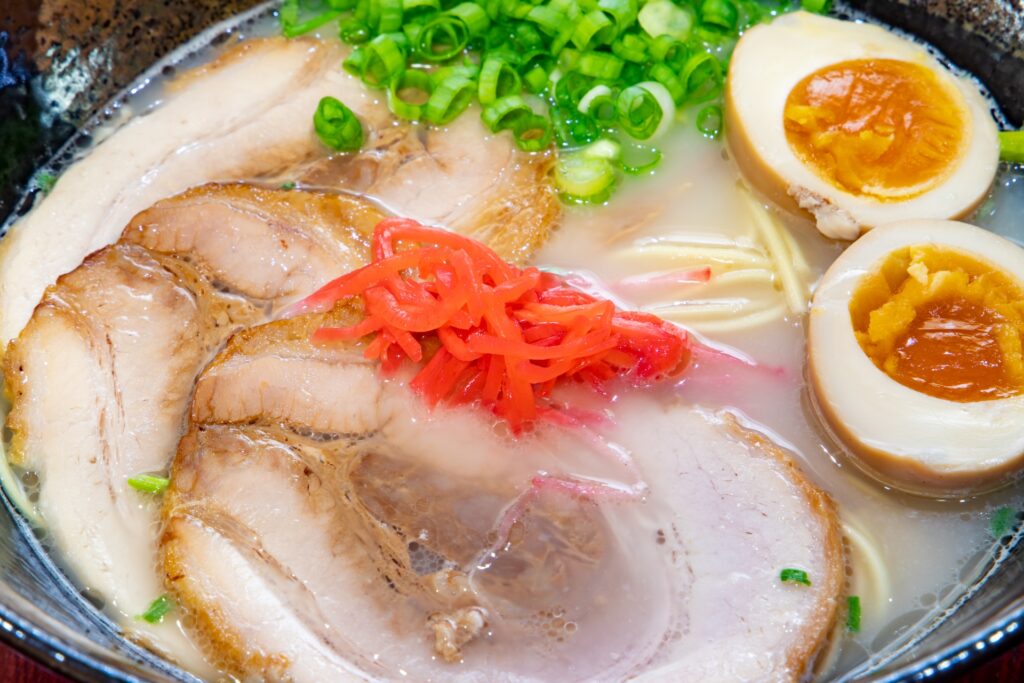
Tonkotsu ramen is perhaps the richest and most indulgent ramen variety, featuring a creamy, opaque broth made by simmering pork bones for hours. This process releases the marrow, resulting in a thick and deeply flavorful soup. Common toppings for tonkotsu ramen include slices of fatty pork belly, pickled ginger, and sesame seeds. Hakata, in the Fukuoka region, is the birthplace of tonkotsu ramen, where it remains a local favorite.
Tsukemen (Dipping Ramen)

Tsukemen is a unique type of ramen where the noodles and broth are served separately. The noodles are dipped into a concentrated broth before eating, allowing for a more intense flavor experience. This style offers flexibility in noodle thickness and broth concentration, appealing to those looking for something different from the traditional ramen experience. Tsukemen is growing in popularity both within Japan and internationally.
Toripaitan Ramen (Creamy Chicken-Based)
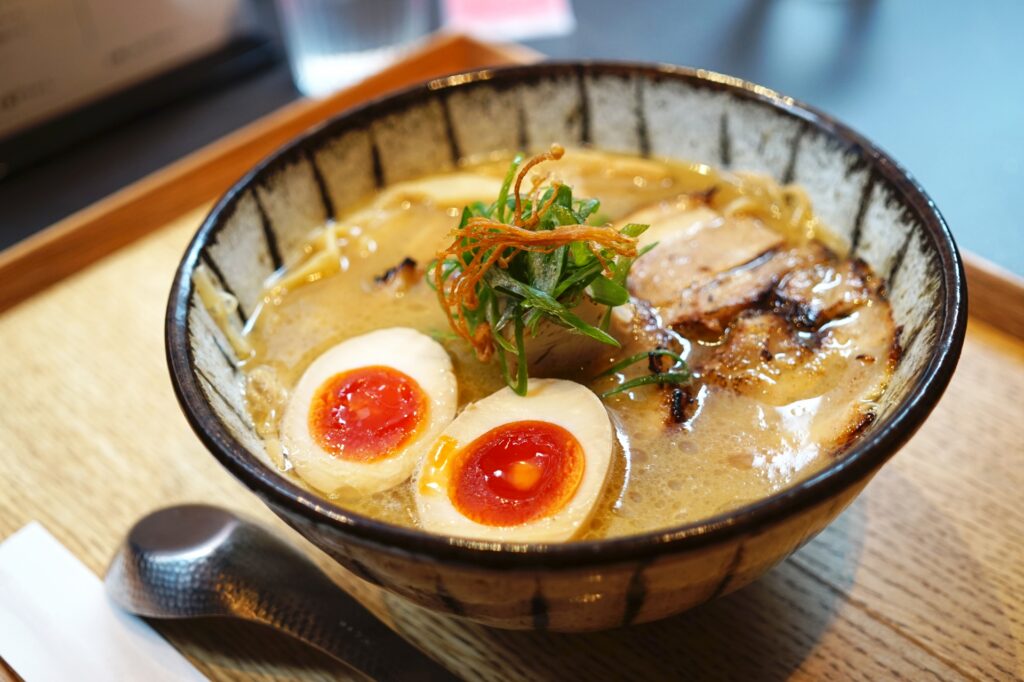
Toripaitan ramen offers a lighter alternative to tonkotsu while still providing a creamy, flavorful experience. The broth is made by simmering chicken bones, creating a rich yet subtle flavor that pairs well with toppings like soft-boiled eggs, bamboo shoots, and scallions. This ramen type is perfect for those seeking a balanced, hearty meal without the heaviness of pork-based broths.
Tantanmen (Spicy Sesame-Based)
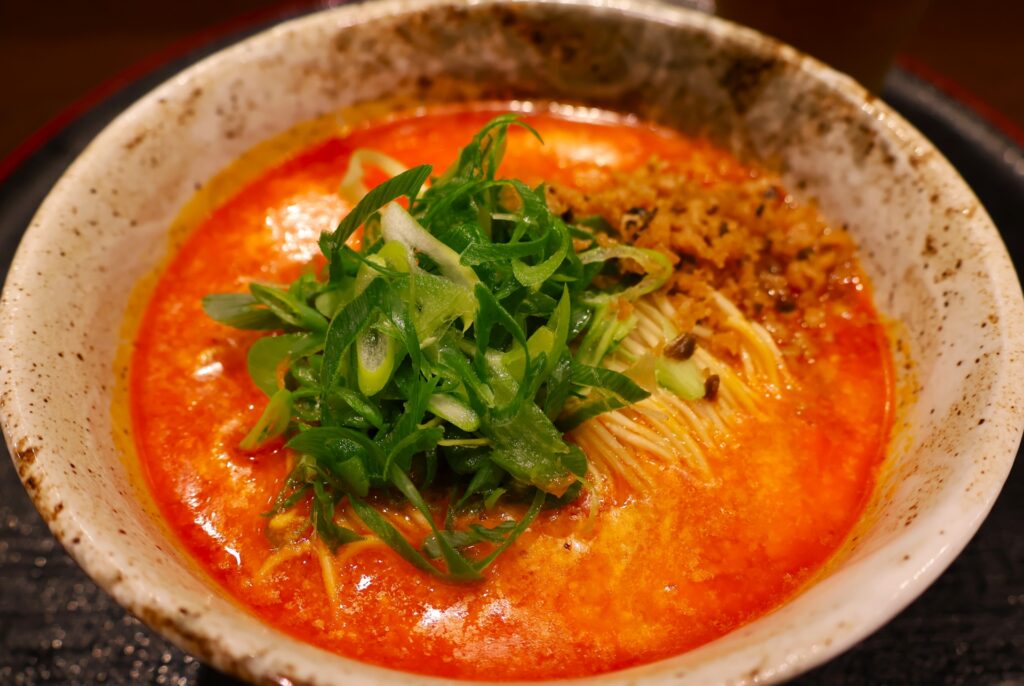
Inspired by the Chinese Sichuan dish, tantanmen features a spicy, sesame-based broth, offering a bold and fiery flavor profile. Tantanmen often includes ground pork, chili oil, and Sichuan pepper, which gives it a numbing spice that appeals to lovers of heat. This type of ramen is ideal for those who enjoy a kick of spice in their food.
Regional Ramen Specialties in Japan
Japan’s geography has played a significant role in shaping the variety of ramen available across the country. Each region has its own take on ramen, influenced by local ingredients, climate, and culinary traditions. From the miso-rich ramen of Sapporo to the creamy tonkotsu of Hakata, regional ramen specialties offer a unique taste of Japan’s diverse food culture.
Sapporo Ramen (Hokkaido)
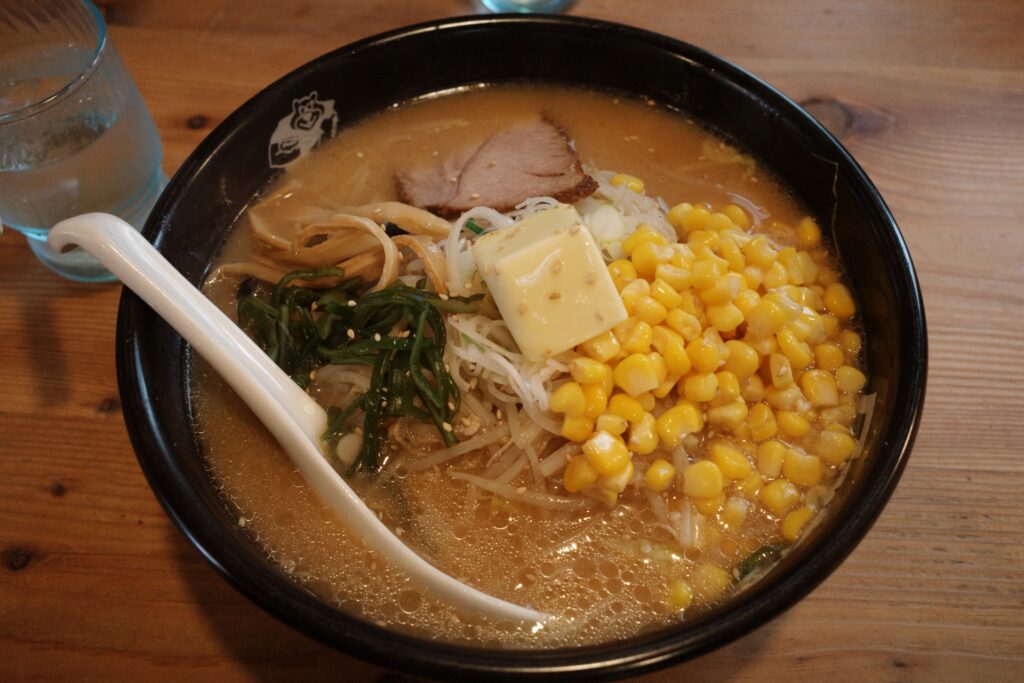
Sapporo is famous for its robust miso-based ramen, which is often served with butter, corn, and ground pork. These hearty ingredients make Sapporo ramen perfect for the cold winters of Hokkaido, where miso’s rich flavor provides warmth and sustenance.
Hakata Ramen (Fukuoka)
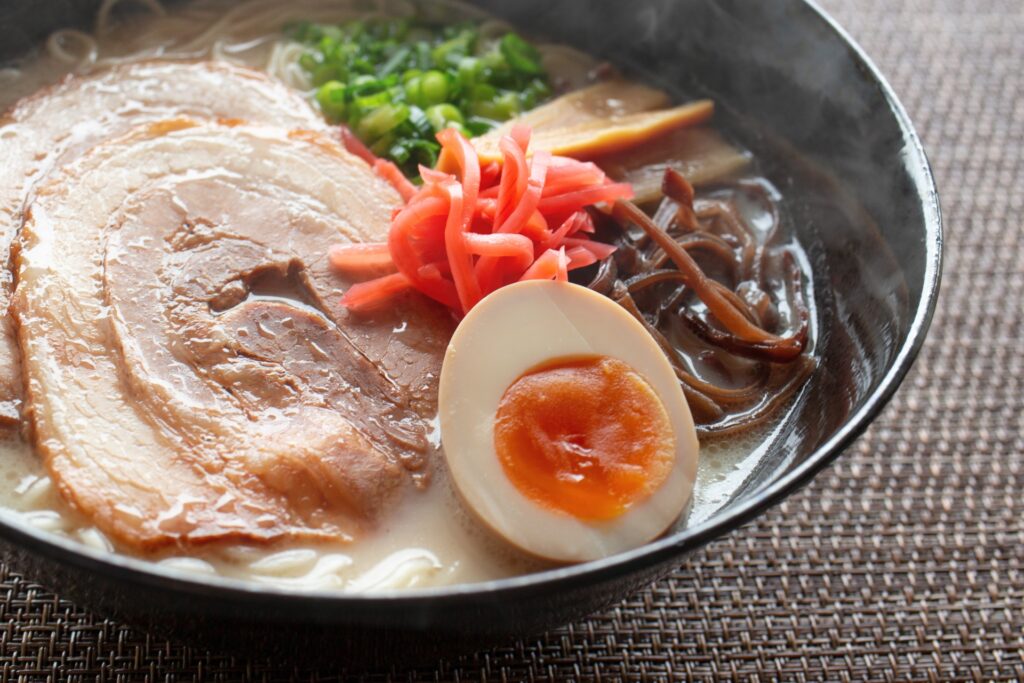
Hakata ramen is renowned for its creamy tonkotsu broth, which is paired with thin, straight noodles. Toppings like pickled ginger, garlic chips, and sesame seeds are often added for extra flavor, making Hakata ramen a favorite among locals and tourists alike.
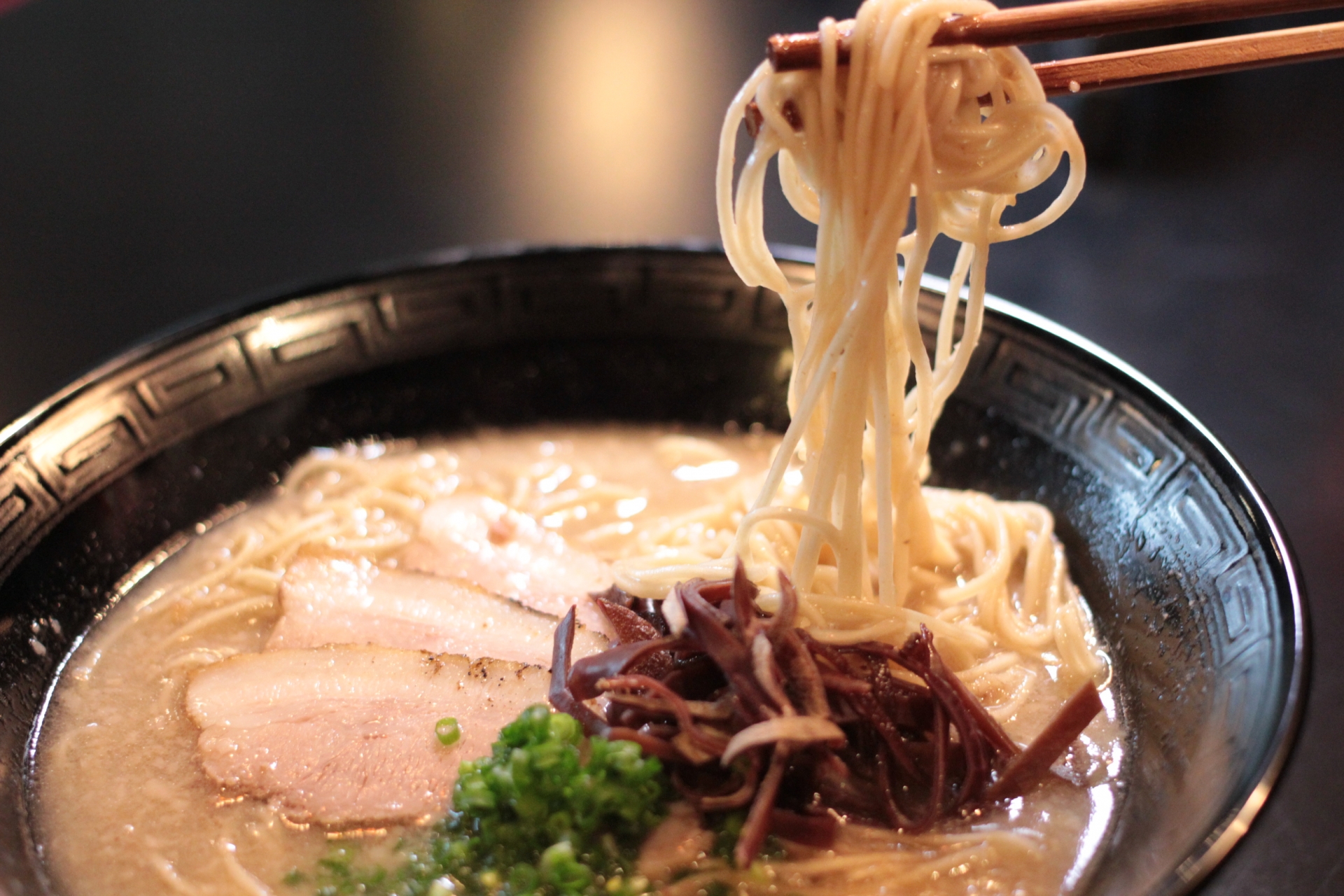
Kitakata Ramen (Fukushima)
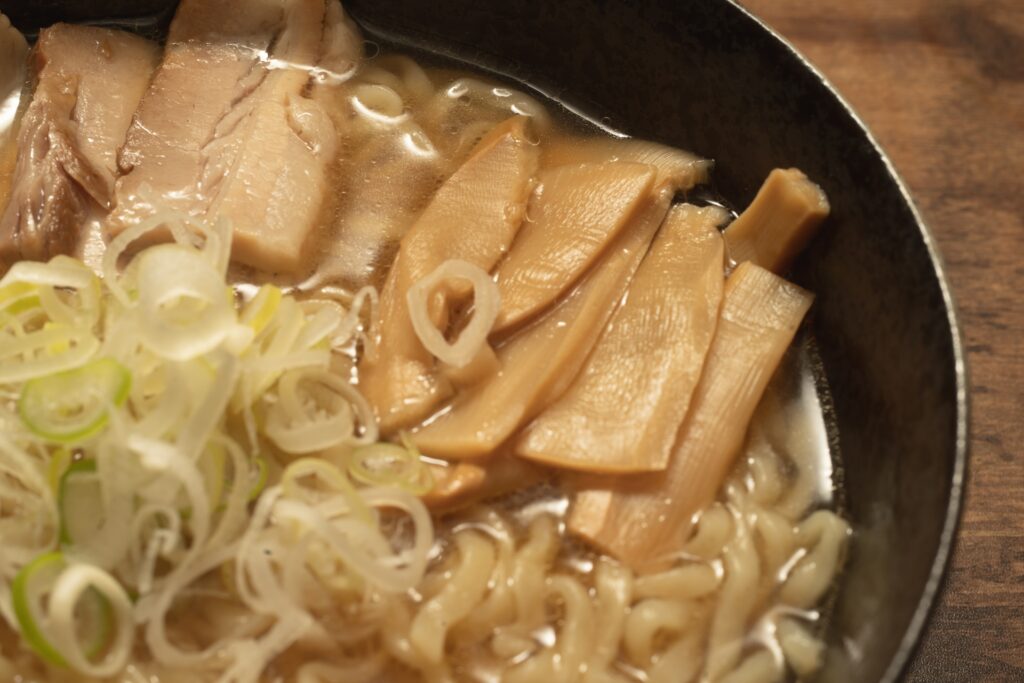
Kitakata ramen is distinguished by its shoyu-based broth and thick, curly noodles. The region’s focus on fresh, locally-sourced ingredients ensures a flavor that is both authentic and satisfying, making it a must-try for ramen enthusiasts.
Yokohama Iekei Ramen (Yokohama)
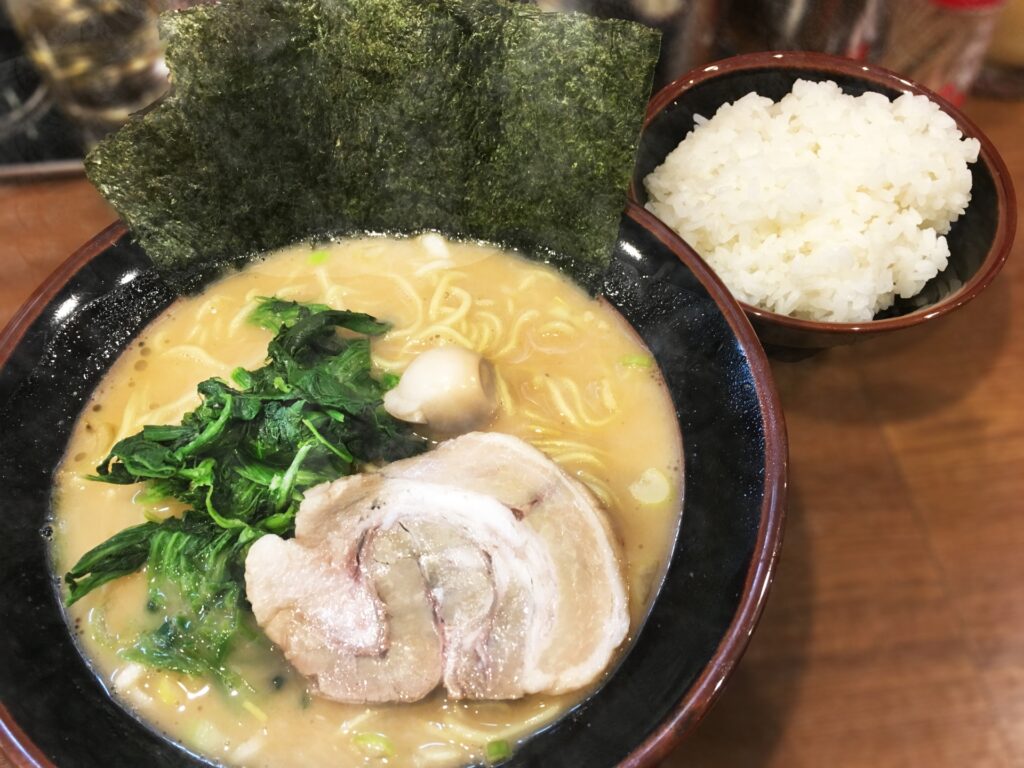
Yokohama’s Iekei ramen blends shoyu and tonkotsu broths, creating a thick, creamy soup with a rich, savory flavor. This style features thicker noodles and customizable toppings like spinach, nori, and soft-boiled eggs.
Jiro Ramen (Tokyo)
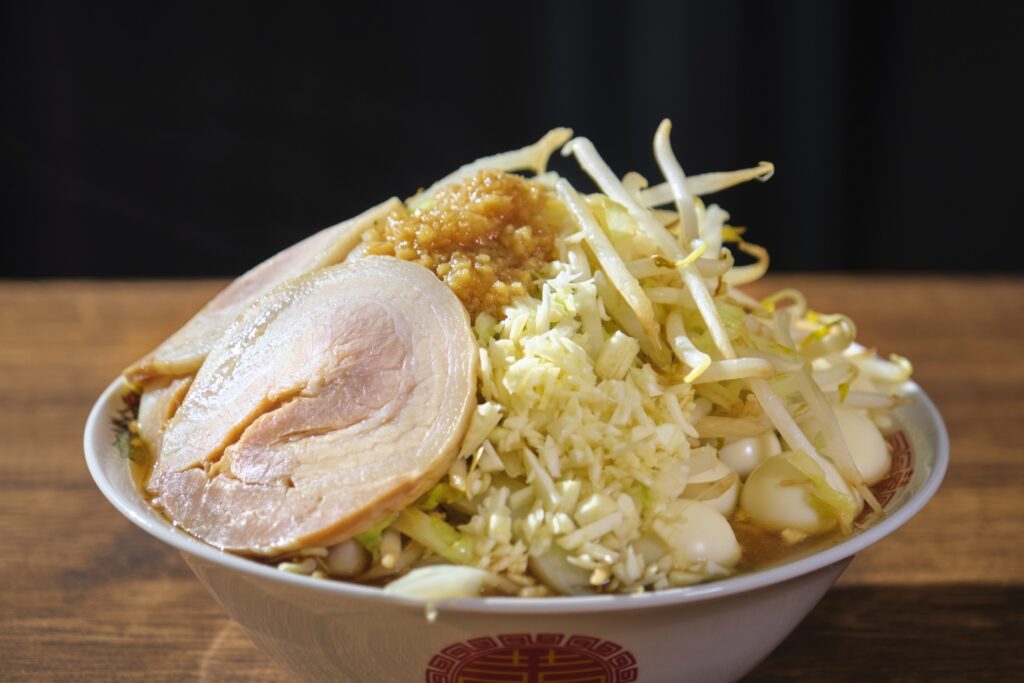
Jiro ramen is known for its massive portions and intense flavors, featuring thick noodles, fatty pork slices, and a soy-based broth. Its garlic-heavy toppings and large servings have gained it a cult following, particularly in Tokyo.
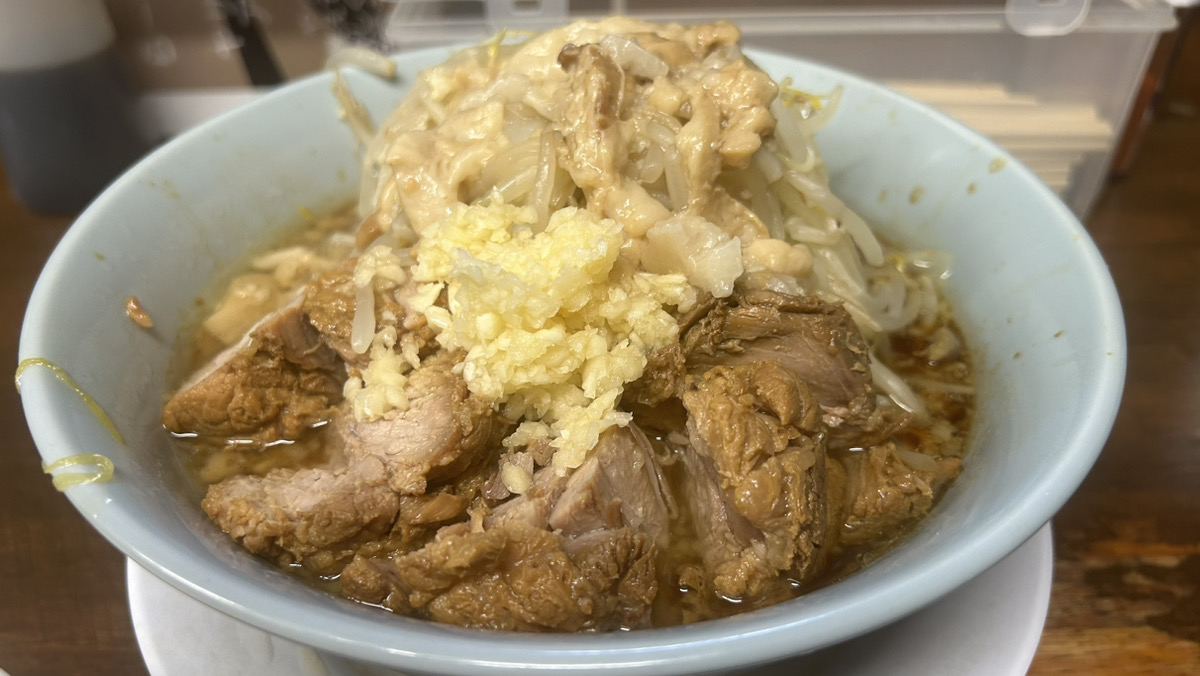
How to Choose the Right Ramen for You
With so many ramen types to choose from, selecting the perfect bowl can be overwhelming. Whether you prefer a light, clear broth or a rich, creamy soup, this guide will help you navigate the different options based on your personal preferences.
Selecting Based on Broth
The key to choosing the right ramen starts with the broth. If you enjoy bold, creamy flavors, tonkotsu or miso ramen might be ideal for you. For those who prefer lighter, more delicate tastes, shio or shoyu ramen could be the better option.
Toppings and Customization
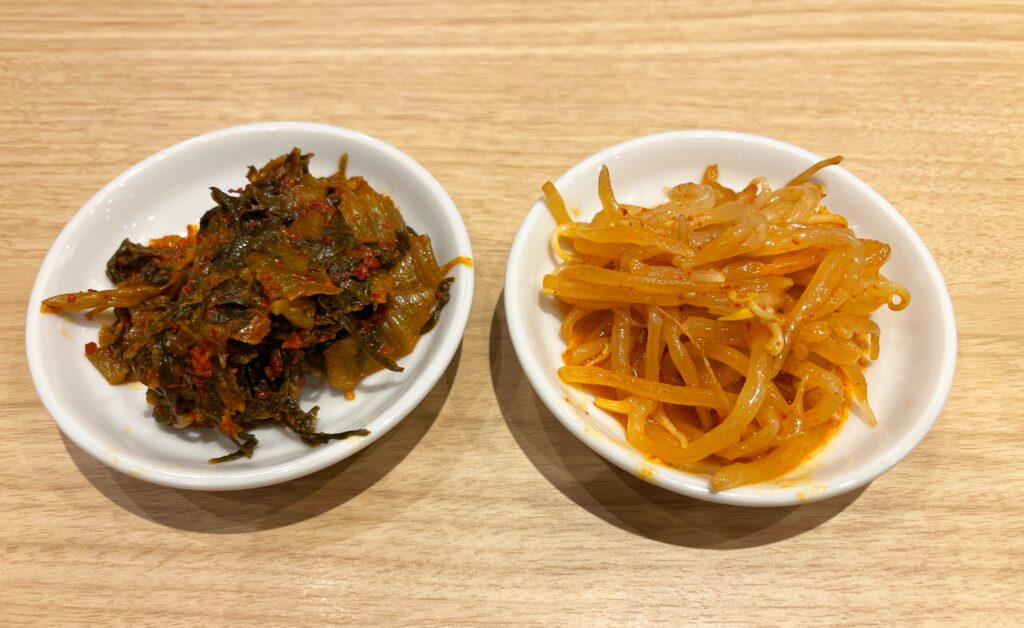
Ramen toppings offer a way to personalize your dish. From chashu pork and boiled eggs to seaweed and bamboo shoots, there are endless possibilities for customizing your ramen. Vegetarian and vegan options are also available, with tofu, vegetables, and plant-based broths.
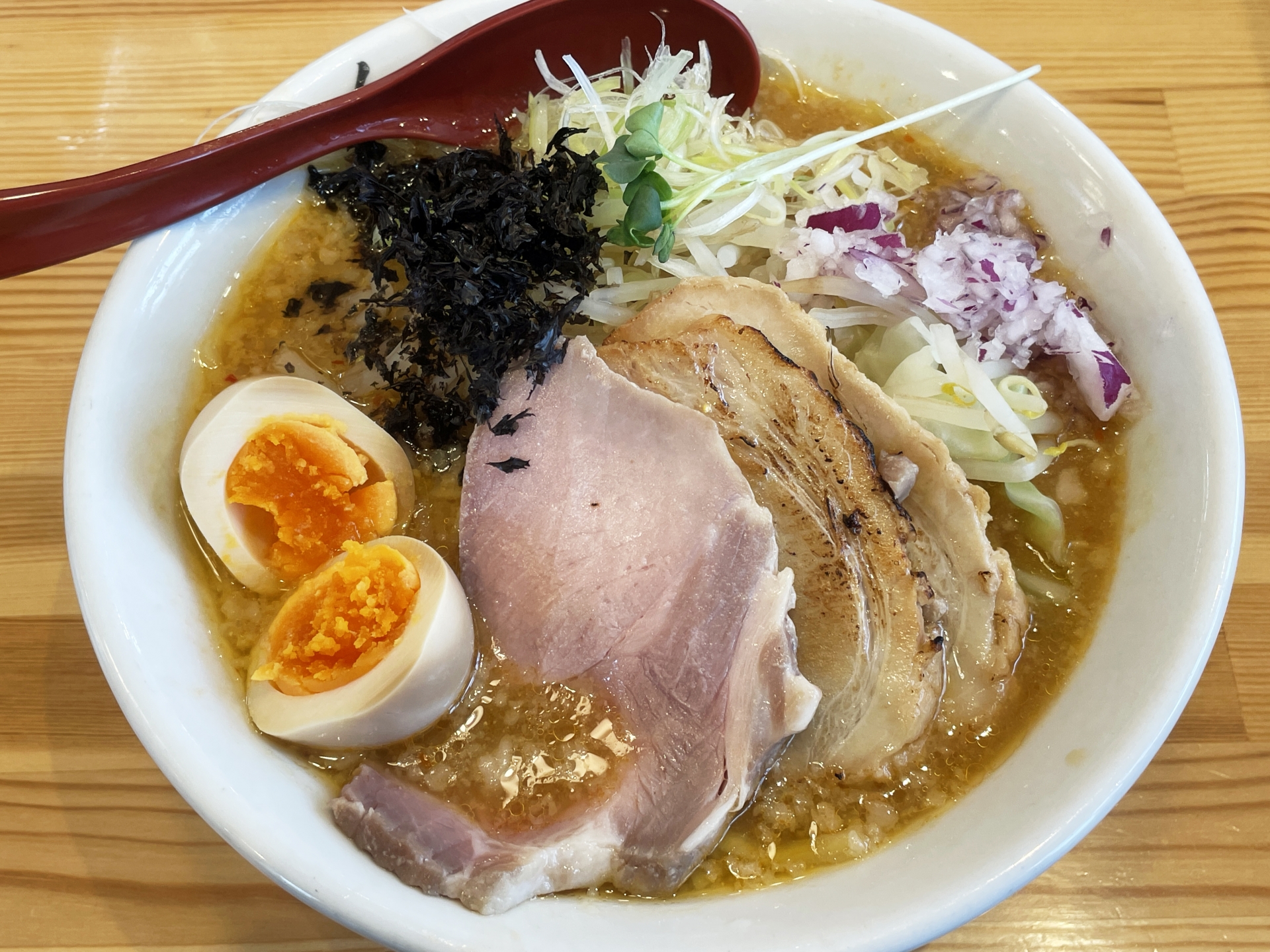
Health Considerations
For health-conscious diners, lighter options like shio ramen or vegetable-based broths offer a lower-sodium alternative. Additionally, you can request reduced fat content or gluten-free noodles to suit specific dietary needs.
Can You Make Ramen at Home?
Making ramen at home has never been easier, thanks to a variety of simple recipes and ready-to-use ingredients. Whether you want to start from scratch or use store-bought noodles, homemade ramen allows you to experiment with flavors and create a dish that suits your taste.
Easy Homemade Ramen Recipes
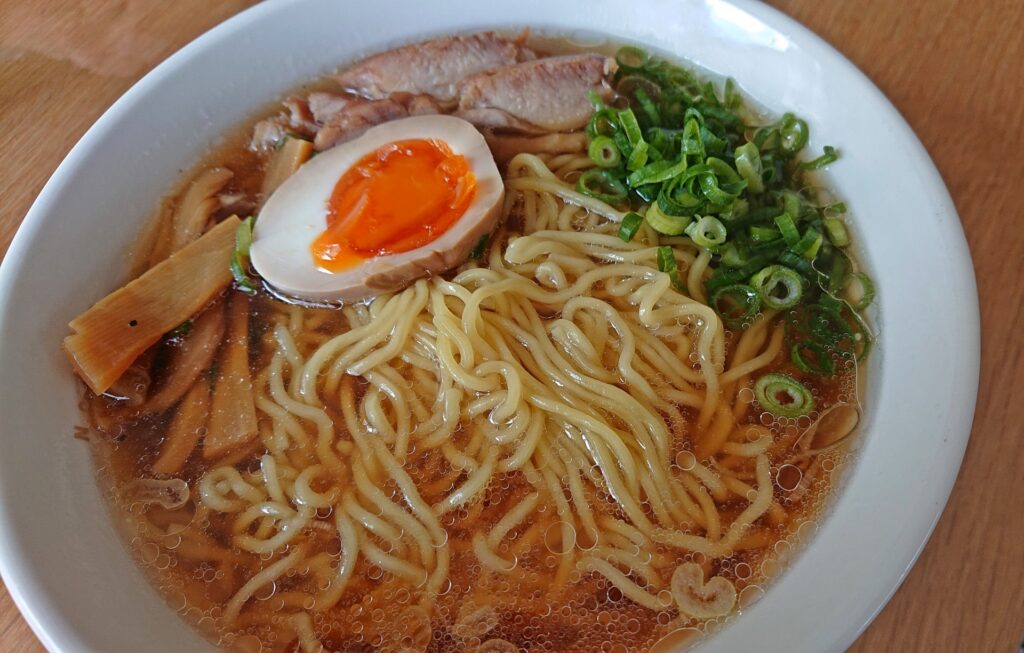
Start with a basic recipe for shoyu or miso ramen. These recipes use common ingredients that can be found in most grocery stores and are easy enough for beginners to try at home.
Making Ramen Broth
The broth is the heart of ramen. Learn how to make different types of ramen broth, from the rich, pork-based tonkotsu to the lighter shoyu and shio varieties. For those with limited time, there are shortcuts to speed up the broth-making process without sacrificing flavor.
Noodles and Toppings
Noodle selection is key to creating the perfect ramen experience. From thin, straight noodles to thick, curly ones, find out how to choose the right noodles for your broth. Experiment with a variety of toppings to enhance your ramen’s flavor and texture.

